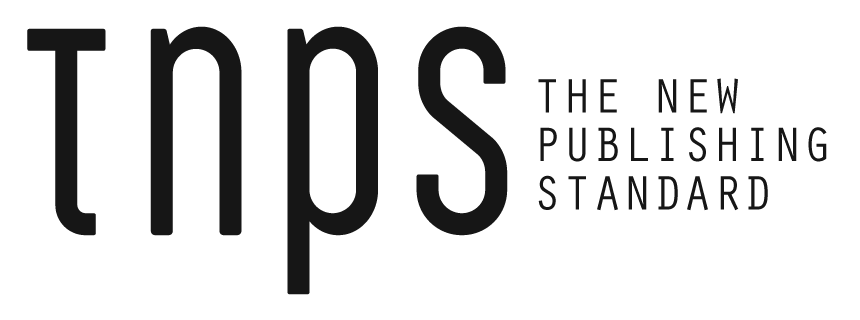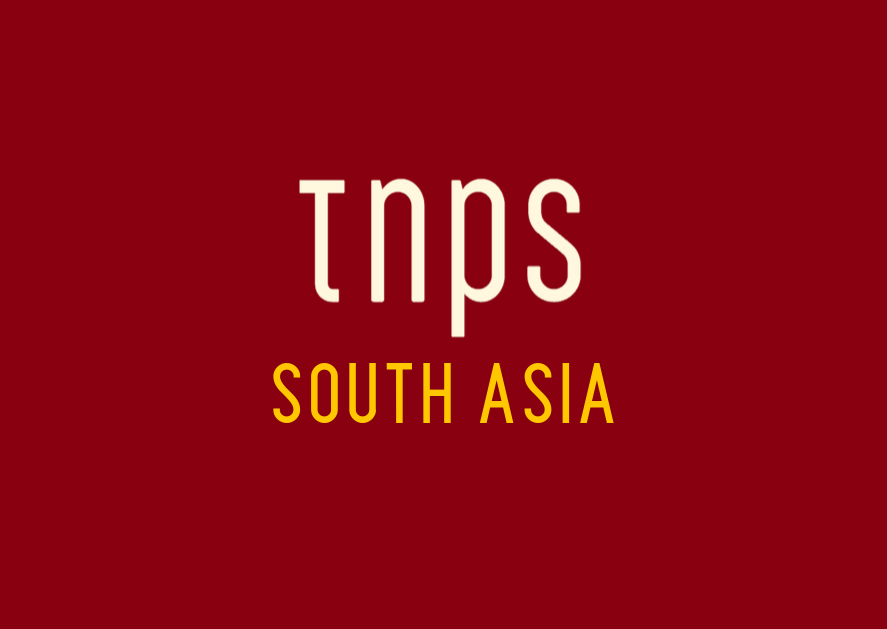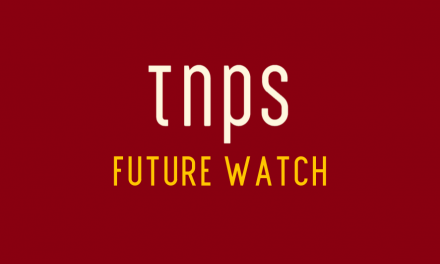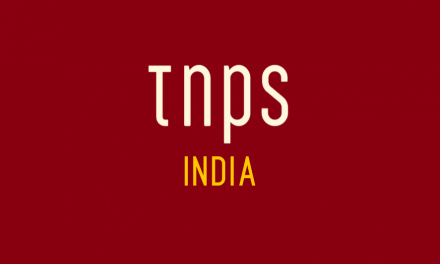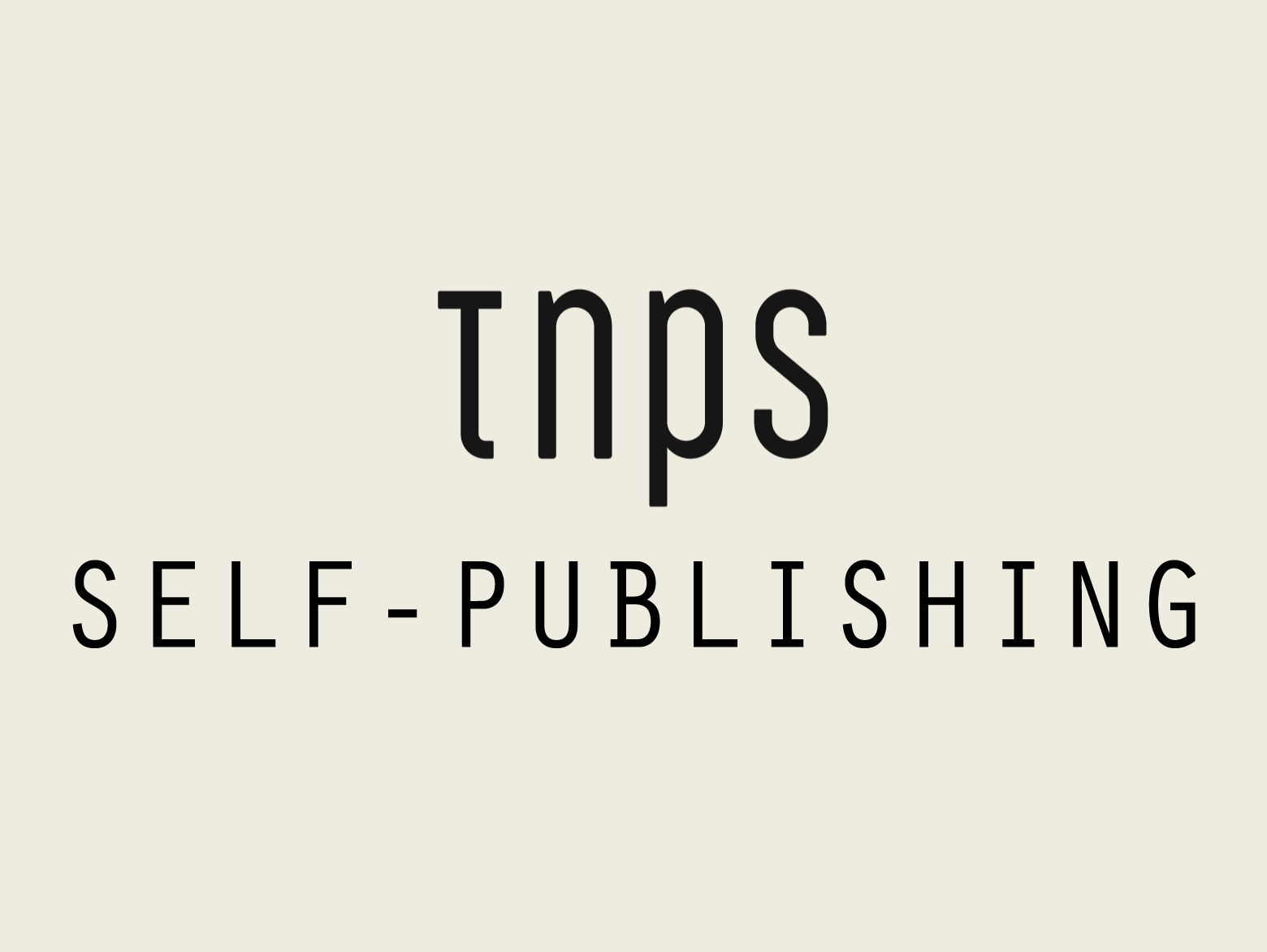With 77 million people already online in Bangladesh, the infrastructure is in place. The expertise lies just across the border.
What follows is a brief summary of an in-depth look, by Pavel Partha in New Age, at the Bangladesh literary landscape in the wake of the July 2024 uprising, followed by the TNPS View From the Beach.
Towards a Pluralistic Literary Future
The discourse on national literature in Bangladesh has long excluded the rich and diverse literary traditions of its indigenous communities. Despite constitutional provisions and legislative acts aimed at preserving the cultural heritage of ethnic minorities, indigenous literature remains marginalised, often relegated to the category of ‘folk literature’ or dismissed as ‘dialectal’.
The Bangladesh Constitution pledges to protect the unique cultures of ‘tribes, minor races, ethnic sects, and communities’, yet this and other legal frameworks have not translated into meaningful inclusion in the national literary discourse.
Indigenous communities, comprising 50 ethnic groups and 40 native languages (14 of which are endangered), face, says Partha, systemic oppression. Their literature, often oral and rooted in rich traditions, is overshadowed by the dominance of printed Bengali literature.
The Marginalisation of Indigenous Literature
Indigenous literature, whether written in native languages or transcribed using Bengali or Roman scripts, struggles for recognition. The Chakma, Marma, Tripura, Mandi, and Santals communities, among others, have vibrant literary traditions (examples in the OP).
Tripura literature boasts contributions from historical figures like Maharaja Birchandra Manikya’s daughters.
Pankhwa oral literature includes folktales, proverbs, and rhymes that reflect their forest-based lifestyles.
Yet only three indigenous writers have received the Bangla Academy Award since Bangladesh’s independence.
Challenges and Opportunities
Indigenous writers face significant barriers, most significantly the absence of alphabet systems. Many communities, like the Mro, have developed their own scripts (the Mro alphabet was introduced in 1984), but without institutional support, these efforts struggle to sustain literary production.
Partha argues that the July 2024 uprising offers a moment to reimagine Bangladesh’s literary landscape. Again, many examples in the OP.
The View From the Beach
Pavel Partha paints a bleak picture of Bangladesh’s indigenous literary landscape, but I would suggest there is real hope on the horizon, in the form of AI-assisted audio and text. Not this year, perhaps, but in the near future, AI will be able to do for the indigenous Bangladeshi languages what it is already doing for languages in neighbouring India.
With 77 million people already online in Bangladesh, the infrastructure is in place. The expertise lies just across the border.
This post first appeared in the TNPS LinkedIn newsfeed.
